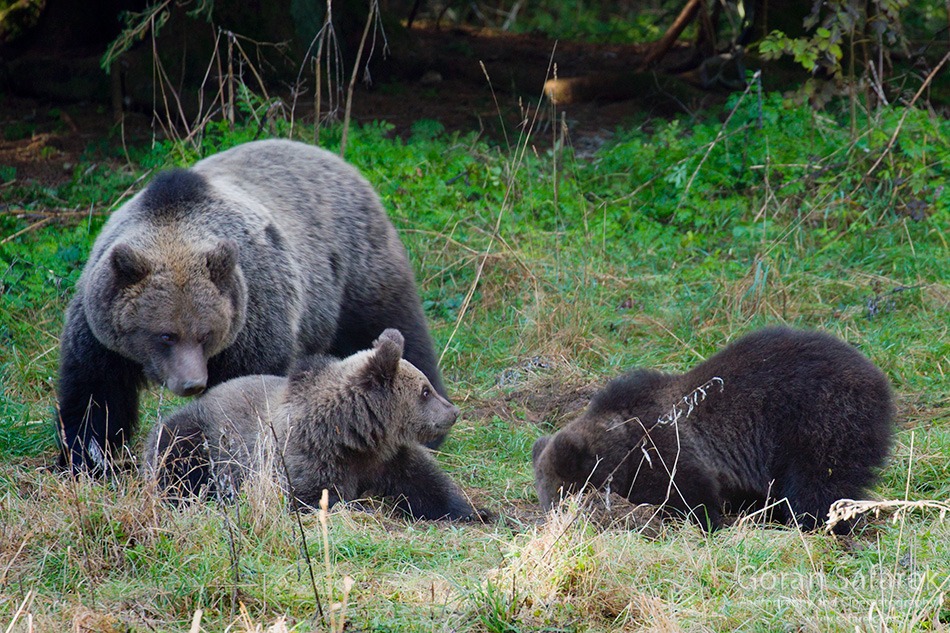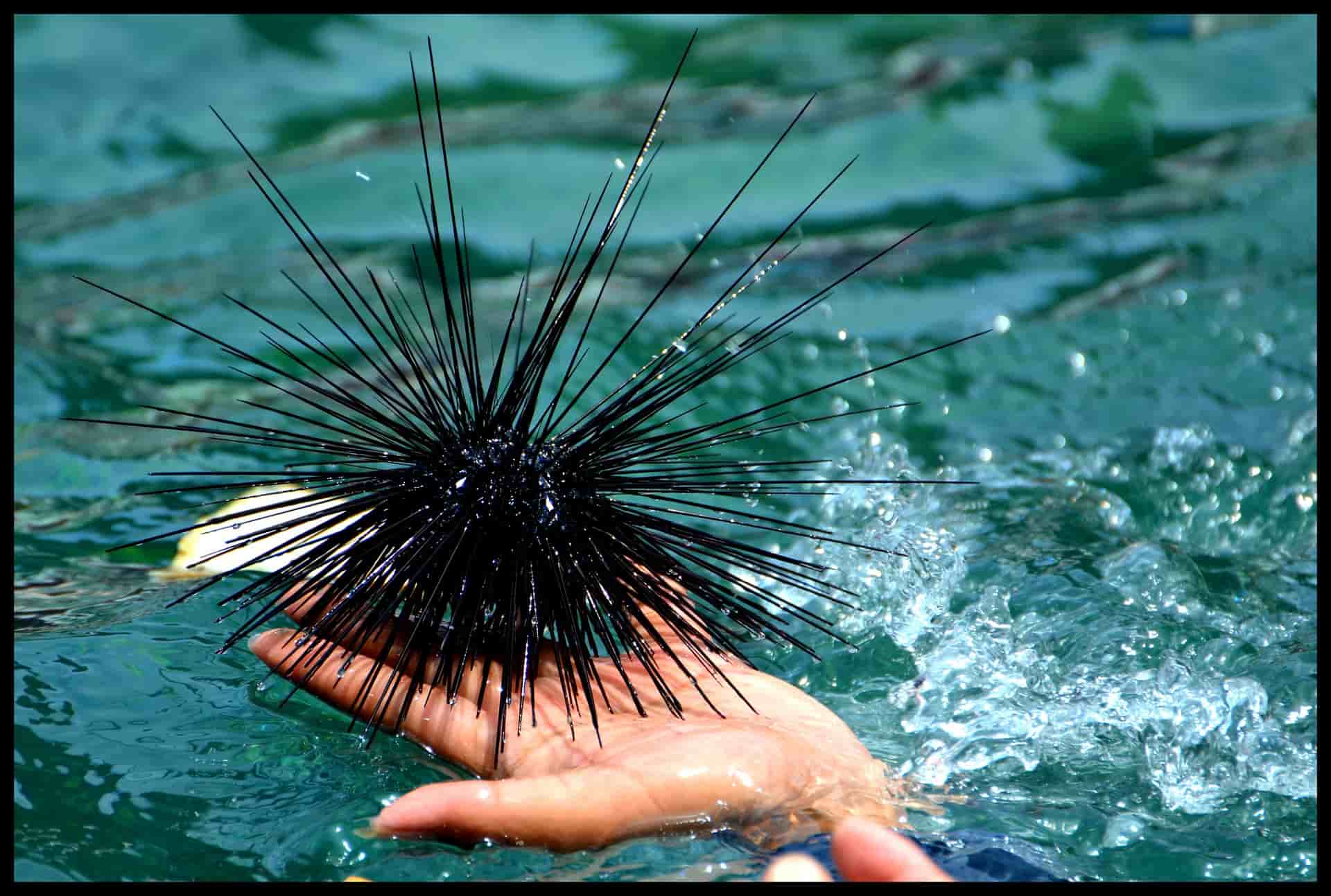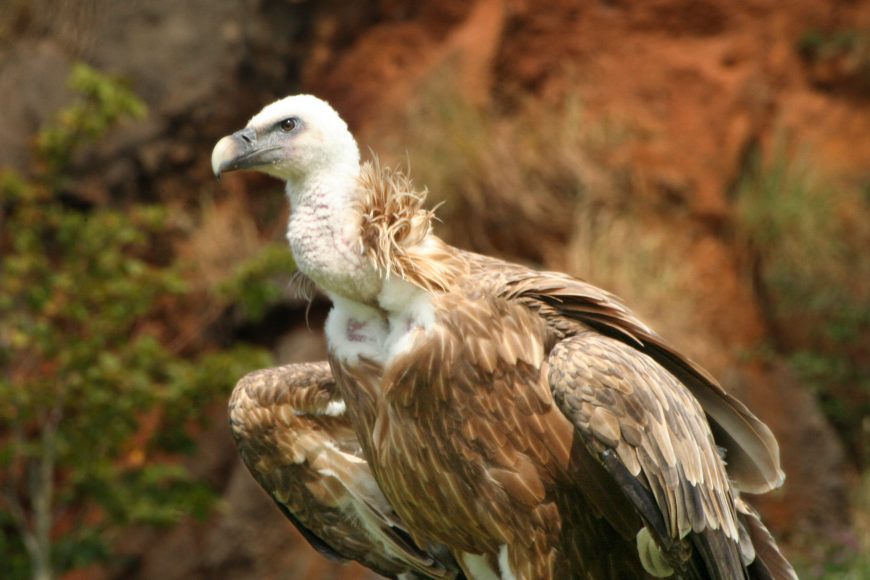
Are there dangerous animals in Croatia? Explore Croatia
There have been sparse sightings of these magnificent birds at the mouth of the Neretva River in Croatia. Admittedly not a looker, this squirmy amphibian is exclusively found in caves in Europe. It has three toes on its front legs and two on its rear legs. It has undeveloped eyes but acute scent and hearing and measures around 30cm in length.

Croatian Sheepdog CROATIAN SHEEPDOG/CROATIAN SHEPHERD DOG Pinterest Shepherd dog, Dog and
1. European Pine Marten (Kuna) Starting off our list is none other than Croatia's national animal —the European Pine Marten. This creature isn't just significant for its status as a wildlife symbol; it also holds an important place in Croatian history.

Are there dangerous animals in Croatia? Explore Croatia
Wolves, bears, foxes, wild boars, weasels, and wild cats inhabit the inland forests and plains, while reptiles and marine life can be found near the coast". If I can tell you one thing in my almost three years living in Croatia, it is that this wildlife is hard to spot.

Croatie Animal Animals in Lonjsko polje, Croatia YouTube We think of them as savage
Wolves, bears, foxes, wild boars, weasels, and wild cats inhabit the inland forests and plains. Reptiles and marine life live near the coast. Wild goats live at higher elevations as well. The Official National (State) Animal of Croatia The pine marten has played a key role in Croatia's economic history ©iStock.com/Jillian Cooper

2nd Place Animals “Croatian Camouflage” Mil FM Cara Smith Stuttgart, GE Digital photography
Animal breeds originating in Croatia (5 C, 1 P) Animal welfare and rights in Croatia (1 C) E. Endemic fauna of Croatia (22 P) Pages in category "Fauna of Croatia" The following 13 pages are in this category, out of 13 total. This list may not reflect recent changes..

Croatia, Lizard, Snake, Animals, Animales, Animaux, A Snake, Animal, Animais
What is the National Animal of Croatia? There is one animal that really stands out among the many kinds of animals that live in Croatia. Still curious what this animal is? Well, this is the Marten, Croatia's national animal. This small animal is called a kuna in the Croatian language.

Top Ten Most Dangerous Animals in Croatia Experience Dalmatia
These animals are known to be skilled swimmers and feed on fish, amphibians, and crustaceans. Having adapted to both aquatic and terrestrial lifestyles, the European otter is well-suited for the diverse aquatic environments found in Croatia. You will find this cute creature often in forest areas with vast rivers, lakes, and wetlands.

Croatian spider Animals, Spider
520 species Croatia is a country at the crossroads of Central and Southeast Europe. It shares a coastline along the Adriatic Sea, and borders Slovenia to the northwest, Hungary to the northeast, Serbia to the east, Bosnia and Herzegovina and Montenegro to the southeast, and shares a maritime border with Italy to the west and southwest.

croatian shepherd croatian sheepdog ©Markus Dorfmeister Hondenrassen
Wildlife Tourism Go wildlife spotting. Wild animals you might see in national parks, wildlife sanctuaries and game reserves of Croatia. Sort descending Group animals in divisions Scroll to Amphibians • Mammals • Birds • Reptiles • Fish • Snails Where to watch? Over 20 species Krka National Park Over 10 species

Boškarin is a famous Istrian cattle. This animal is one of the oldest and largest cattle breeds
Croatia Nature and Wildlife. Despite its small size, Croatia hosts a great deal of biodiversity. It provides habitats for many large mammals like lynxes, wolves, bears and chamois. Its wetlands and rivers are havens for many bird species, while its coast, is naturally protected by more than 1,000 islands, shelter reefs and a vast array of fish.

Wildlife Diversity in Croatia
Croatian Wildlife - Large Beasts. There are three kinds of large wild beasts/animals living in Croatia - wolf (Canis lupus), lynx (lynx lynx) and bear (Ursus arctos). Wolf and lynx have been protected by law since 1995, while bear still remains hunted and legally killed as a part of hunting tourism. Lynx and wolf however, are killed illegally.

croatia 07 2194x2145 Animals, Fish, Owl
Animal Names in Croatian Animals always deliver as a nice topic of conversation to get some small talk going. Watching cat videos in Croatian is just one of many more reasons to learn all basic animal names in Croatian. For even more animals, take a look at our learning resources for Croatian at the end of the page. < Learn Croatian

Fun Quiz how well do you know indigenous Croatia animals? Fun quiz, East europe travel, Animals
Croatia has one of the highest populations of the Eurasian brown bear in Europe, which is impressive considering the species is almost extinct in the western continent. Unfortunately these fuzzy, ferocious animals are frequently hunted for sport, although the practice is closely monitored and it's only legal at certain times of the year.

Rarest Animals in Croatia and in the whole world as well
Discover the unique animal species in Croatia, known as endemics that make our country internationally renowned. One of them is a rare bird grey heron.

Pin by Goran Postić on Croatia, Lazina Čička Fish pet, Pets, Animals
The national animal of Croatia is the European pine marten, also called the kuna zlatica in Croatian. The pine marten ( Martes martes) is a carnivorous mammal and a member of the Mustelidae family. Some of its more common relatives include mink, weasels, otters, polecats and badgers. This elusive species can usually be found nestled in.

Croatia Home to some of the most endangered animals of the world Leonidas Travel
This large, cuddly and rather cumbersome looking animal is in fact not that cuddly and can move more quickly than you. There are around 900-1000 brown bears in Croatia, and most of them live in Central Croatia, including Lika and Gorski kotar, but they can be found further south in the mountains of Mosor and Biokovo in Central Dalmatia.